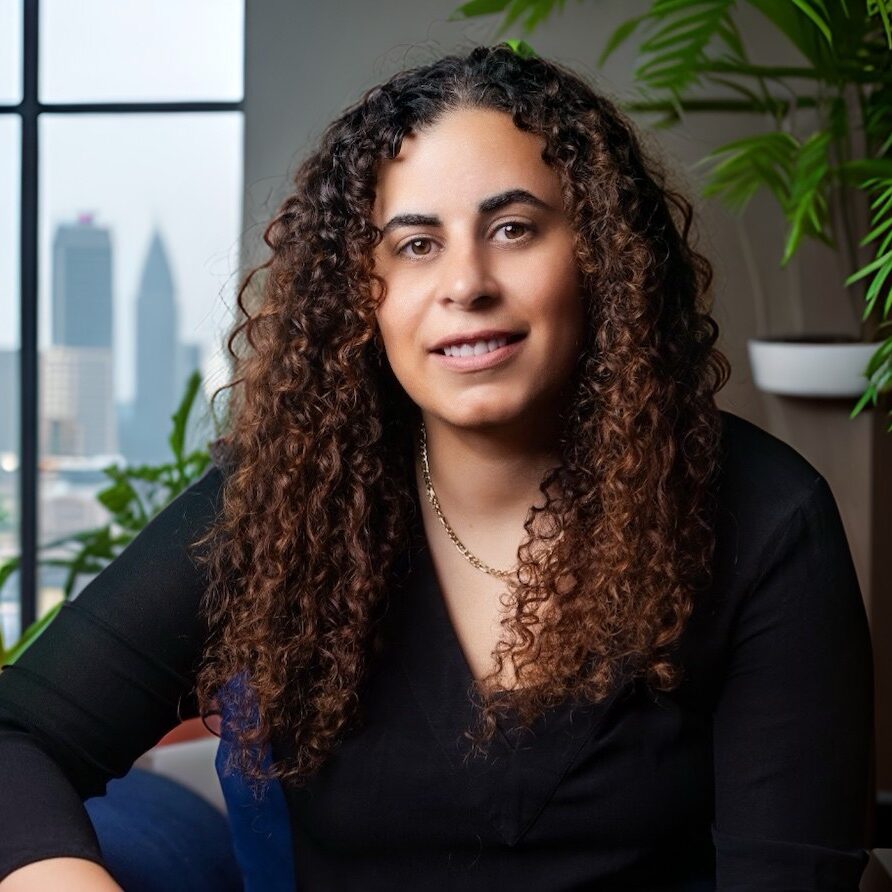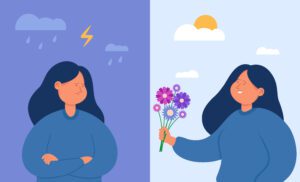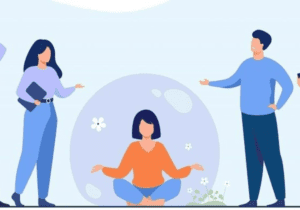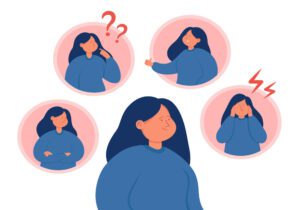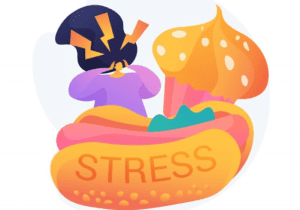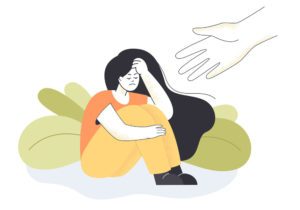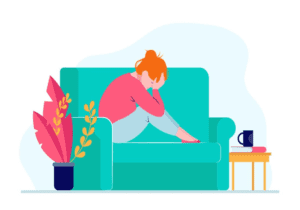A Safe Space for Big Feelings
This article has been researched and written by Moni El Ramlawy. AI has not been used in producing this article.
It’s back to school season. Children and parents alike are navigating more stress – school demands, work pressures, and family responsibilities. When emotions run high, it becomes difficult to channel this energy. This can create a stressful home environment. As adults, stress can look like irritability, withdrawal, or overreacting. For children, it can show up through meltdowns and tantrums.
To regain our sense of calm, what we often need is safety and comfort. This can mean a space (a calm corner) to retreat and come back when we are ready. Creating a calm corner in your home is a space for adults and children to step away and selfsoothe. This corner is not about punishment, and it’s not a “timeout”. It’s a space to pause and regulate.
A stressful home environment can feel overwhelming — child therapy offers tools to restore balance and strengthen emotional connection.
A calm corner doesn’t require much space. It just needs to feel safe and comforting.
How to Create a Calm Corner at Home:
1. Choose the spot: Ideally, choose a quiet corner away from distractions.
2. Make it cozy & comforting: Add cushions and a soft blanket to make the space inviting. Comfort helps the body feel safe.
3. Add fidget tools: Items like stress balls or squishy toys help with restless hands while calming down.
4. Add books: Picture books, breathing tips, or short stories can help shift focus.
5. Soothing extras: Consider adding calming music, or a soft lamp to set a peaceful atmosphere.
It’s important to remind ourselves that people do better when they feel better. Calm spaces help us cool off and feel better.
Extra Pointers:
- Create it together and MAKE IT FUN! Make it a weekend activity.
- Brainstorm how you would like it to look like and what colors you want to add.
- Encourage children to personalize the space with their favorite stuffed animal or drawings – it gives them ownership and makes the corner a positive resource, not a “time-out.”
- Let your children give it a special and playful name.
- A calm corner works best when introduced in a positive way, and not when your child is already in the heat of the moment.
- After it has already been introduced, when they are upset, ask “Would it help to go to your __________ place?”
- Model using the calm corner when you are upset. When children observe their parents using it, it teaches them that it’s a healthy coping strategy, and not a punishment. Modeling the behavior means encouraging it rather than enforcing it.
If you would like to share photos of your calm corners with us, we’d love to see them! Please feel free to send them via WhatsApp or email, or even if you’d like to post it on social media and tag us – go for it!
Every family needs a corner where it’s okay to fall apart and still be loved. If that space doesn’t exist yet, maybe today is the day to start creating it.
How to Help Your Child with Anxiety Through Divorce
Divorce is a significant change that affects every member of a family. For children, the uncertainty and adjustments …
Depression vs Sadness: Understanding the Difference
While often used interchangeably, the terms “sadness” and “depression” represent distinct emotional states, each with …
5 Simple Mental Health Practices for Your Everyday Life: Nurturing Your Body & Mind
In today’s fast-paced world, it’s becoming increasingly evident that we need to place our mental health at the forefront
Ways to Reduce Anxiety in 2024
As we say farewell to 2022 and usher in the New Year, we look towards the future. With New Year’s resolutions on the docket, many of us are striving to achieve a calm life …
Navigating Compassion Fatigue in the Digital Age: A Call to Prioritize Mental Well-Being
Amid the constant stream of information and images that flood our screens, the toll on our mental well-being can be …
The Link Between Anxiety and Overeating
All of us have encountered moments of stress and unease throughout our lives. These feelings of anxiety not only bring…
10 Steps To Fix A Toxic Relationship
Every relationship has its fair share of ups and downs, but when toxicity creeps in, it can become a serious challenge. Toxic relationships can be emotionally draining and detrimental to our overall …
Exploring the Benefits of EMDR Therapy for Anxiety and Depression
Anxiety and depression are two of the most common mental health disorders worldwide, affecting millions of people every year. While traditional talk therapy and medication can be …
Health Effects of Untreated Depression
It’s very common to feel sadness at one point or another in our life. Depending on your specific circumstances, you may even feel …
Psychologists vs. Psychiatrists – What’s the Difference?
Clients shouldn’t have to jump through hoops to understand who the perfect candidate is for treating their emotional and/or behavioral struggles. Yet, understanding the type of provider you should see during …
